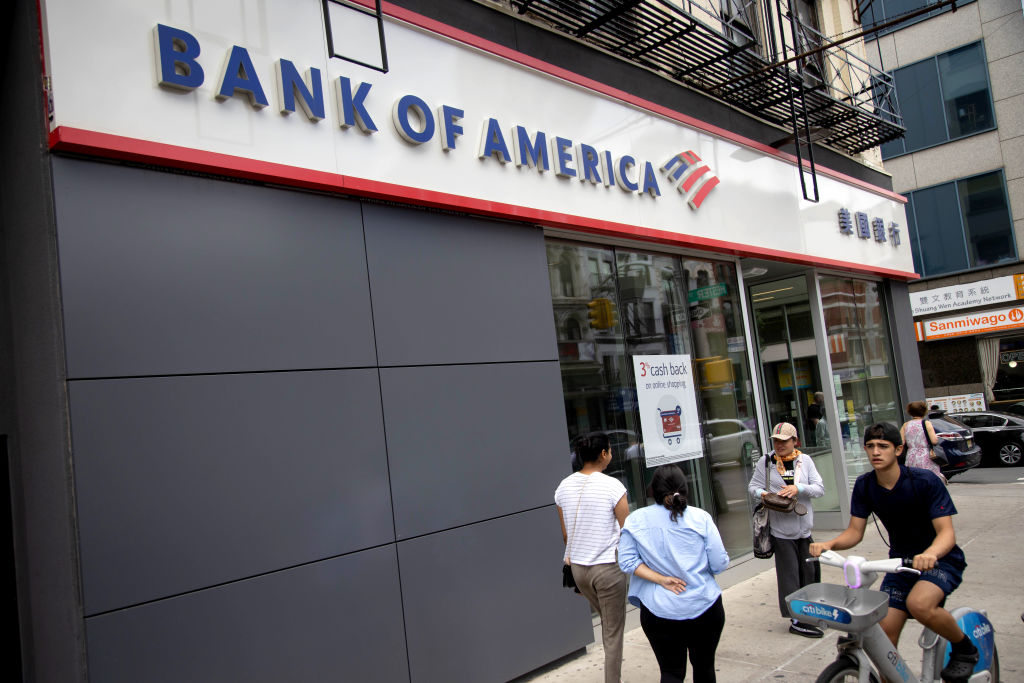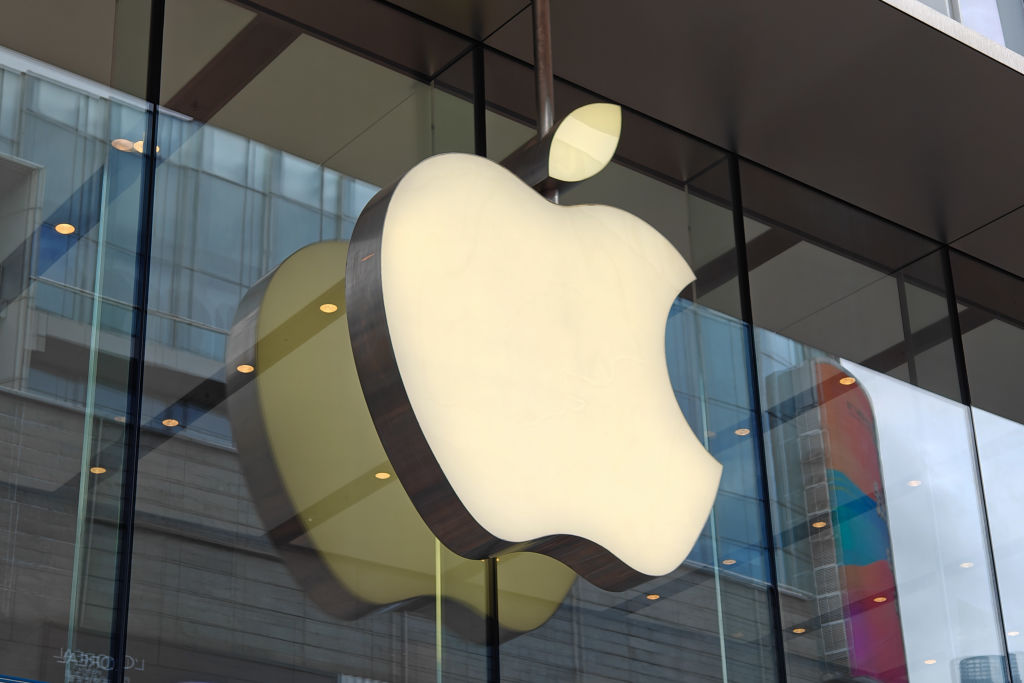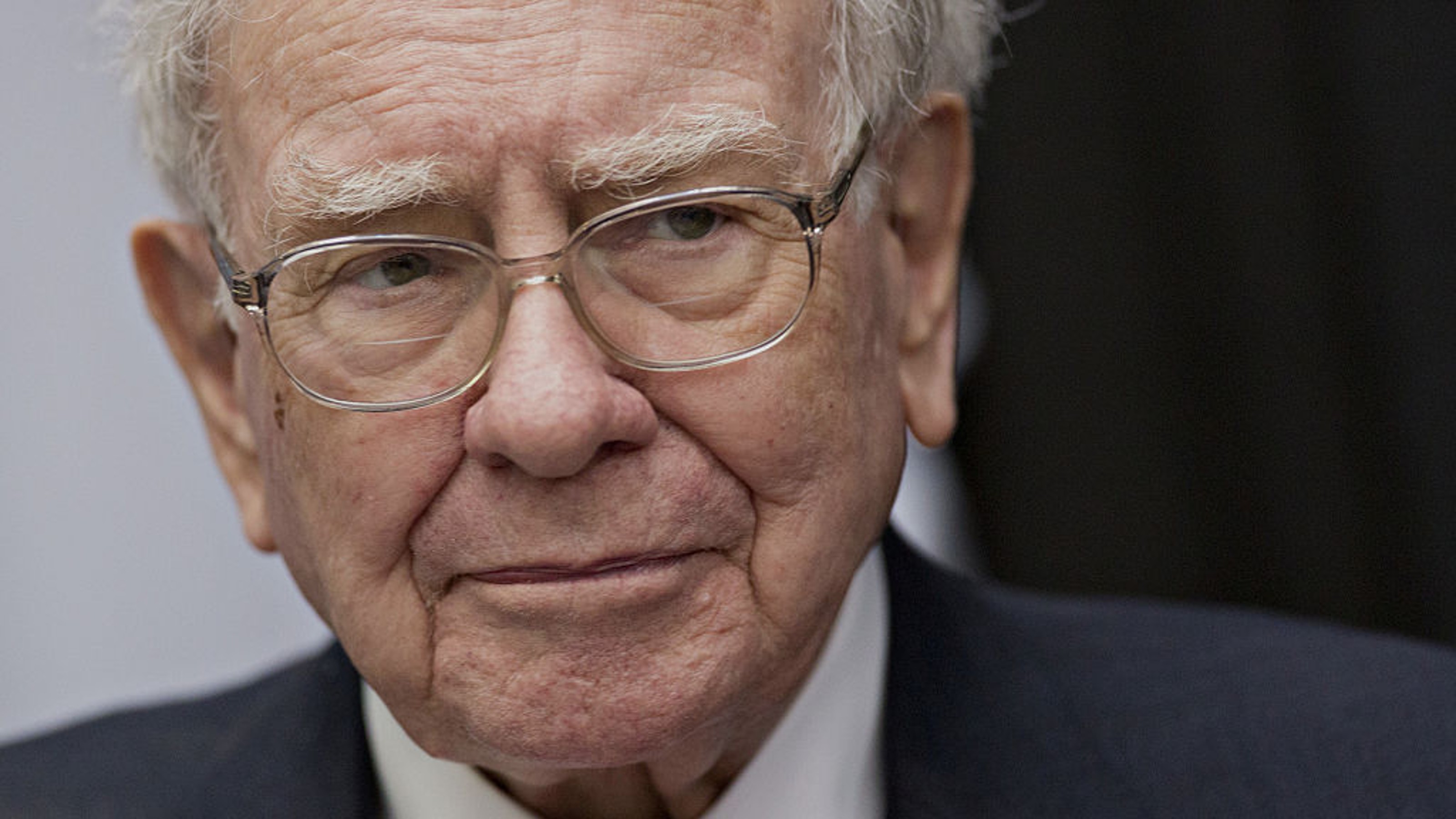The Utility Solution
Electric utility stocks are in the sweet spot for yield and safety.

Most Thursday nights, I compete in duplicate bridge against some of the best players in the Washington, D.C., area. What does this have to do with investing, you may wonder. The answer is that playing competitive bridge puts me in good company. Warren Buffett, Peter Lynch, Bill Gates, the people who used to run Bear Stearns, and a slew of financial advisers to the rich and famous play competitive bridge. When it comes to finance, I'm not in the same league as Lynch and Buffett, but D.C. bridge players know what I do, and they respect Kiplinger's. So I've had hundreds of conversations with them about stocks and bonds between talk of slams and squeezes.
A few days ago a fine player and soon-to-be-retired government scientist named Charles approached. “You’re a financial guy, right? Well, let me ask you something.” Charles said a certificate of deposit at a credit union was about to expire, and the rate to roll it over for three years was 0.75%. “That’s insane,” he said, drawing out the word insane for effect. Charles offered a few other words to describe the interest-rate situation to make sure I got his drift. Then he asked me for alternatives.
As I commiserated with Charles, he mentioned that he also had money in utility stocks, specifically in a fund he referred to as Duff & Phelps Utilities Income (the fund’s actual name is DNP Select Income Fund, symbol DNP). It’s a leveraged closed-end fund with a fixed, or “managed,” monthly distribution of 6.5 cents a share, or 78 cents a year. At its current price of $10.62, that works out to a rate of 7.3%. “Just my luck, though, that they’re probably about to cut the dividends on that one, too,” Charles sighed.

Sign up for Kiplinger’s Free E-Newsletters
Profit and prosper with the best of expert advice on investing, taxes, retirement, personal finance and more - straight to your e-mail.
Profit and prosper with the best of expert advice - straight to your e-mail.
Charles didn’t have any evidence to buttress his claim. But, although anything is possible, the cold truth is that DNP has paid the same dividend each month since 2007. Granted, some of the “dividends” the past two years have represented a return of capital (that’s when a fund doesn’t earn enough from its investments to cover its distribution; rather than cut the payout, it makes up the shortfall out of retained assets).
What Charles and readers of Kiplinger’s do know, though, is that utilities are having a terrific year. So far this year, DNP, which has about two-thirds of its assets in utility stocks and one-third in utility bonds, has delivered a total return of 26.6% (results are through October 24 and are for the fund’s shares rather than the underlying assets). The best non-leveraged utility-stock funds, such as Franklin Utilities A (FKUTX), have also produced double-digit returns this year.
This conversation ended when my partner sidled over to needle me (gently) about a stupid bid I made recently that got her (and me) into big trouble. But Charles’s situation nudged me to look more broadly at utilities and compare the various ways you can invest money in the category, including aggressive funds such as DNP, traditional funds, index funds and individual stocks.
Lately, it’s been hard to go wrong in utility stocks. Regulated electric companies, which strive to increase their dividends and make up the bulk of conservative utility funds such as Franklin Utilities, were among the few stocks that held up reasonably well during the market correction from late April through early October. Big companies such as Dominion Resources (D) and Southern Company (SO) broke even, while Standard & Poor’s 500-stock index dropped close to 20%. Other large utility stocks lost just a little.
I asked Franklin Utilities manager John Kohli for his take on the good results, and he said it’s due to several things: better operations and management by utility companies, low interest rates, strong dividend increases, investors’ flight to safety, and (at least of late) scorching summers. Extra power that’s needed to meet peak demand trades in a spot market (and is often imported long distances) and so the utilities pay more for the power but pass on higher rates to users. When daily highs exceed 100 degrees for six weeks straight, as they did this summer in Texas and Oklahoma, the hum of all those air conditioners is the sound of money for the power companies.
This has been going on for a few years. But the word has been slow to get to investors, so utility stocks are behaving differently than high-yield stock groups usually do after a run of strong performance. When real estate investment trusts and oil-and-gas partnerships and royalty trusts combine high yields and strong business conditions, opportunistic investors rush in and drive the share prices up -- and then take their profits. That trims their yields -- the typical property-owning REIT now pays less than 4% -- reducing their appeal to the likes of Charles and other hungry income investors. Moreover, the nation’s economic problems seem to weigh more on these sectors than on utilities. REITs, for example, did not enjoy a restful summer.
But utility stocks did, and there’s no reason to think they’re headed for trouble next year. In fact, you should count on utilities to continue boosting their dividends next year. CEOs of most electric companies say they intend to shoot for dividend increases of 6% or better each year. Earnings are good enough to support hikes of such magnitude with ease, especially when you consider that electrics now pay out only 59% of their profits, down from 85% years ago.
And yet many utility stocks are inexpensive. On average, the group sells for 12 times the past 12 months’ earnings, down from 15 to 20 in the mid 2000s. And the utilities are rewarding shareholders while taking fewer chances with the business. Although some U.S. utilities own interests in power- generation facilities in Latin America and the Caribbean, the industry no longer is making ill-advised forays into things such as banking and real estate development, as it did in the 1990s.
Utility share prices will not keep up with the S&P 500 when the market is on a rampage, as it has been the past few weeks. But I’d expect the utility industry to finish 2011 with a healthy margin over nearly every other stock sector and all the broad indexes.
How to Invest in Utilities
This brings us to the matter of how best to invest in this sector. Although Charles has done well with Duff & Phelps Income, I can’t say I’m sold on it or on any leveraged fund, particularly for a first-time utility investor. Unlike many leveraged closed-end income funds (especially those that invest in municipal bonds), DNP doesn’t have undistributed income in reserve, so it will continue to return capital to keep up the promised 78-cent-per-share annual payout. The shares, at $10.74 as of the close on October 24, also trade at a gigantic 30% premium to the value of the fund’s underlying assets. Subtract the return of capital and DNP’s honest-to-goodness dividend yield is closer to 5% than 7.3%. That’s not bad, but you don’t need to take on the risk of using borrowed money to get good income.
By far, the best traditional mutual fund in this sector is Franklin Utilities. Its main drawback is that, unless you’re working with an adviser who tacks on his or her own fee, you will almost certainly have to pay a sales charge to buy this fund. The best low-cost alternative is one of two exchange-traded funds: Utilities Select Sector SPDR (XLU) or iShares Dow Jones U.S. Utilities (IDU). Low expenses help keep their distributions close to 4%, without having to resort to borrowed money. It’s OK to invest by owning a half-dozen or more of the blue-chip utilities, but don’t just own one or two because you never know when a nuclear accident or a scandal could wreck your investment.
Get Kiplinger Today newsletter — free
Profit and prosper with the best of Kiplinger's advice on investing, taxes, retirement, personal finance and much more. Delivered daily. Enter your email in the box and click Sign Me Up.

-
 80-Year Old Dick Durbin, the Senate’s No. 2 Democrat, To Retire After 44 Years in Congress
80-Year Old Dick Durbin, the Senate’s No. 2 Democrat, To Retire After 44 Years in Congress‘In my heart, I know it’s time to pass the torch,’ Senator Durbin said in a statement.
By Kathryn Pomroy
-
 Stock Market Today: Stocks Rise on Good Volatility
Stock Market Today: Stocks Rise on Good VolatilityInvestors, traders and speculators continue to process the "known unknown" of global tariff-and-trade war negotiations.
By David Dittman
-
 What Is the Buffett Indicator?
What Is the Buffett Indicator?"It is better to be roughly right than precisely wrong," writes Carveth Read in "Logic: Deductive and Inductive." That's the premise of the Buffett Indicator.
By Charles Lewis Sizemore, CFA
-
 Why Is Warren Buffett Selling So Much Stock?
Why Is Warren Buffett Selling So Much Stock?Berkshire Hathaway is dumping equities, hoarding cash and making market participants nervous.
By Dan Burrows
-
 Bank of America Stock Falls As Warren Buffett Keeps Selling
Bank of America Stock Falls As Warren Buffett Keeps SellingBank of America stock is lower Wednesday on news Warren Buffett's Berkshire Hathaway sold another chunk of its stake in the bank. Here's what you need to know.
By Joey Solitro
-
 7 Stocks Warren Buffett Is Buying (and 10 He's Selling)
7 Stocks Warren Buffett Is Buying (and 10 He's Selling)Warren Buffett Warren Buffett's Berkshire Hathaway sold Apple and Snowflake but picked up Ulta Beauty and Heico, among other moves in Q2.
By Dan Burrows
-
 Why Did Warren Buffett Slash His Stake in Apple Stock?
Why Did Warren Buffett Slash His Stake in Apple Stock?Warren Buffett's Berkshire Hathaway dumped Apple, its top stock, by almost half.
By Dan Burrows
-
 Warren Buffett Adores Apple as Much as Ever
Warren Buffett Adores Apple as Much as EverBerkshire Hathaway trimmed its Apple stake because taxes are "likely" to go up "later."
By Dan Burrows
-
 Warren Buffett Stocks: A Look at Berkshire Hathaway's Holdings
Warren Buffett Stocks: A Look at Berkshire Hathaway's HoldingsWarren Buffett's holdings are a diverse set of blue chips and lesser-known growth bets. Here, we look at Buffett's stock picks, as well as those of his lieutenants.
By Dan Burrows
-
 6 Best Books to Buy to Start Investing
6 Best Books to Buy to Start Investinginvesting These six books will help you be a better investor.
By Coryanne Hicks